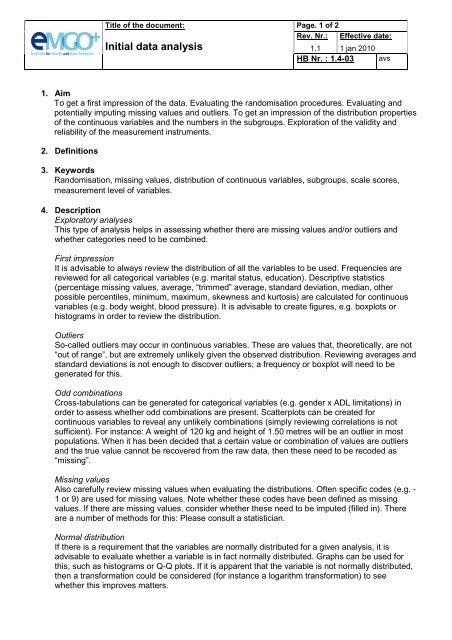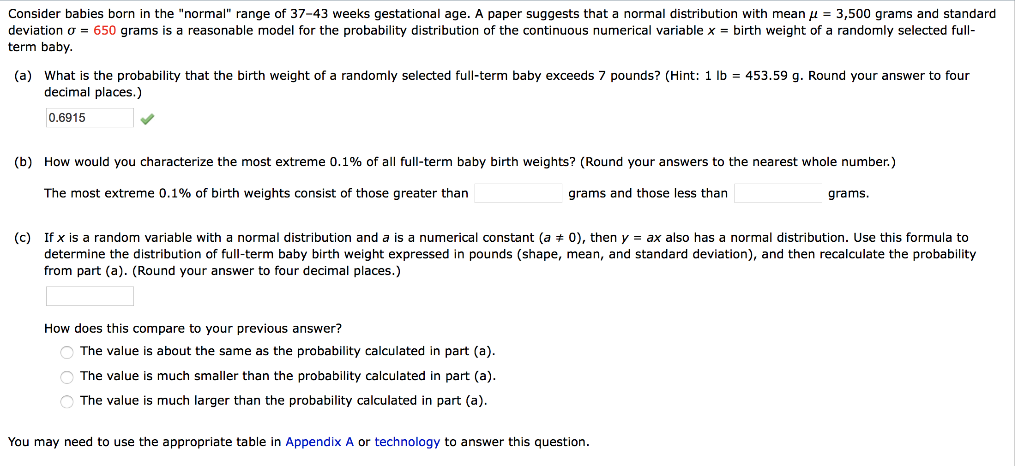

What cumsum() does is that returns a vector whose elements are the cumulative sums of the elements of the arguments. However, in some cases, the function cumsum() may come in handy. We could sum individual probabilities in order to get a cumulative probability of a given value. Let’s go back to our probability density function of the first exercise:Īll the probabilities in the table are included in the dataframe probability_distribution which contains the variables outcome and probs.

In this exercise we will jump into cumulative probability distributions. In the last two exercises, we saw the probability distributions of a discrete and a continuous variable.

Probabilities here are thus considered surface areas. To get a probability, you will need to consider an interval under the curve of the probability density function. Only the first elements of the logical arguments are used.įor sd = 0 this gives the limit as sd decreases to 0, a point mass at mu. The numerical arguments other than n are recycled to the length of the result. The length of the result is determined by n for rnorm, and is the maximum of the lengths of the numerical arguments for the other functions.

The normal distribution has density \(f(x) = \frac\) where (\mu) is the mean of the distribution and (\sigma) the standard deviation.ĭnorm gives the density, pnorm gives the distribution function, qnorm gives the quantile function, and rnorm generates random deviates. If mean or sd are not specified they assume the default values of 0 and 1, respectively. Logical if TRUE (default), probabilities are (P) otherwise, (P). Logical if TRUE, probabilities p are given as log(p). If length(n) > 1, the length is taken to be the number required. Qnorm(p, mean = 0, sd = 1, lower.tail = TRUE, log.p = FALSE) Pnorm(q, mean = 0, sd = 1, lower.tail = TRUE, log.p = FALSE)


 0 kommentar(er)
0 kommentar(er)
